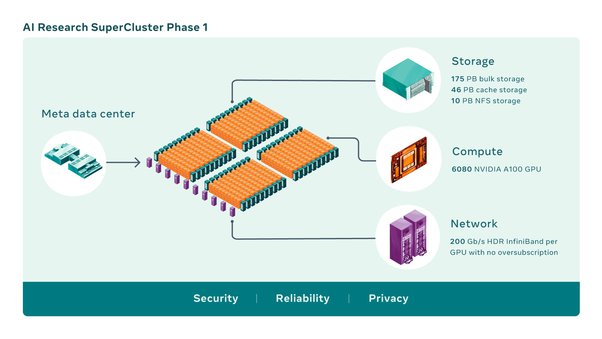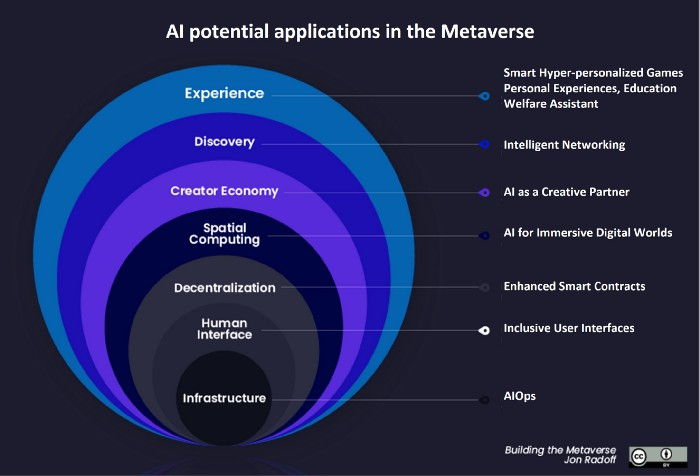Introduction. What is NOT a True and Real AI
Dear Reader, let me start with revealing a big old secret to you.
True Artificial Intelligence (AI) is NOT
1: a branch of computer science dealing with the simulation of intelligent behavior in computers;
2: an area of computer science that deals with giving machines the ability to seem like they have human intelligence;
3: the capability of a machine to imitate intelligent human behavior.
Real AI is NOT neural networks, machine learning (ML), deep learning (DL), multiple linear regression, RFM (Recency, Frequency and Monetary) modeling, cognitive computing, or predictive intelligence/analytics, but something what transgressing all special models, algorithms, and techniques [1,2, see also1].
True AI is NOT a human-like AI of three types, Artificial Narrow Intelligence, Artificial General Intelligence or Artificial Superintelligence, as pictured below.

It all started with the classic paper COMPUTING MACHINERY AND INTELLIGENCE (1950), opened as follows. ―I PROPOSE to consider the question, „Can machines think?‟
This should begin with definitions of the meaning of the terms „machine‟ and „think‖. Instead, it was suggested the "imitation game", played with three people, a man (A), a woman (B), and an interrogator (C), known as the Turing Test [3].
Today Turing-like "AI has become meaningless" and "often just a fancy name for a computer program" [4], software patches, like bug fixes, to legacy software or big databases to improve their functionality, security, usability, or performance.
With AI poised to disrupt everything, it is time to know.
What is True AI or Real Machine Intelligence and Learning
Trans-AI: Meta-AI
How to Build True AI or Real Machine Intelligence and Learning
Abstract
We are at the edge of colossal changes. This is a critical moment of historical choice and opportunity.
It could be the best 5 years ahead of us that we have ever had in human history or one of the worst, because we have all the power, technology and knowledge to create the most fundamental general-purpose technology (GPT), which could completely upend the whole human history.
The most important GPTs were fire, the wheel, language, writing, the printing press, the steam engine, electric power, information and telecommunications technology, all to be topped by real artificial intelligence technology.
Our study refers to Why and How the Real Machine Intelligence or True AI or Real Superintelligence (RSI) could be designed and developed, deployed and distributed in the next 5 years.
The whole idea of RSI took about three decades in three phases. The first conceptual model of TransAI was published in 1989. It covered all possible physical phenomena, effects and processes. The more extended model of Real AI was developed in 1999.
A complete theory of superintelligence, with its reality model, global knowledge base, NL programing language, and master algorithm, was presented in 2008.
The RSI project has been finally completed in 2020, with some key findings and discoveries being published on the EU AI Alliance/Futurium site in 20+ articles.
The RSI features a unifying World Metamodel (Global Ontology), with a General Intelligence Framework (Master Algorithm), Standard Data Type Hierarchy, NL Programming Language, to effectively interact with the world by intelligent processing of its data, from the web data to the real-world data.
The basic results with technical specifications, classifications, formulas, algorithms, designs and patterns, were kept as a trade secret and documented as the Corporate Confidential Report: How to Engineer Man-Machine Superintelligence 2025.
As a member of EU AI Alliance, the author has proposed the Man-Machine RSI Platform as a key part of Transnational EU-Russia Project. To shape a smart and sustainable future, the world should invest into the RSI Science and Technology, for the Trans-AI paradigm is the way to an inclusive, instrumented, interconnected and intelligent world.
Key words: Artificial Intelligence, Machine Intelligence, Machine Learning, Trans-AI.
Citation: Azamat Abdoullaev. Trans-AI: How to Build True AI or Real Machine Intelligence and Learning. Ontology of Designing. 2021; 11(4): 402-421. DOI: 10.18287/2223-9537-2021-11-4-402-421.
SUPPLEMENT. META-AI for METAVERSE AI SUPERCOMPUTERS
Be ready for a big-tech hype and metaverse Fake AI supercomputer arms race, like as
Meta Metaverse FAI supercomputers
Google Metaverse FAI supercomputers
Microsoft Metaverse FAI supercomputers
Amazon Metaverse FAI supercomputers
Apple Metaverse FAI supercomputers…
The first one is here.
Meta announced to design and built the AI Research SuperCluster (RSC), the fastest AI supercomputers running today and will be the fastest AI supercomputer in the world when it’s fully built out in mid-2022.
Our researchers have already started using RSC to train large models in natural language processing (NLP) and computer vision for research, with the aim of one day training models with trillions of parameters.

RSC will help Meta’s AI researchers build new and better AI models that can learn from trillions of examples; work across hundreds of different languages; seamlessly analyze text, images, and video together; develop new augmented reality tools; and much more. Ultimately, the work done with RSC will pave the way toward building technologies for the next major computing platform — the metaverse, where AI-driven applications and products will play an important role.
Metaverse as the successor to the mobile internet — a set of interconnected digital spaces that lets you do things you can’t do in the physical world. https://tech.fb.com/connect-20...
The future of the internet: A massively-scaled, persistent, interactive, and interoperable real-time platform comprised of interconnected virtual worlds where people can socialize, work, transact, play, and create.
The Metaverse is the distant evolution of Web3. In its most complete form, it will be a series of decentralized, interconnected virtual worlds with a fully functioning economy where people can do just about anything they can do in the physical world.
The Metaverse is a platform should include the following elements/ characteristics:
Virtual Worlds
Massive Scalability
Persistency
Always on & Synchronicity
Platform to build upon
Fully functioning economy
Openness and decentralization
Interoperability






Оценили 0 человек
0 кармы